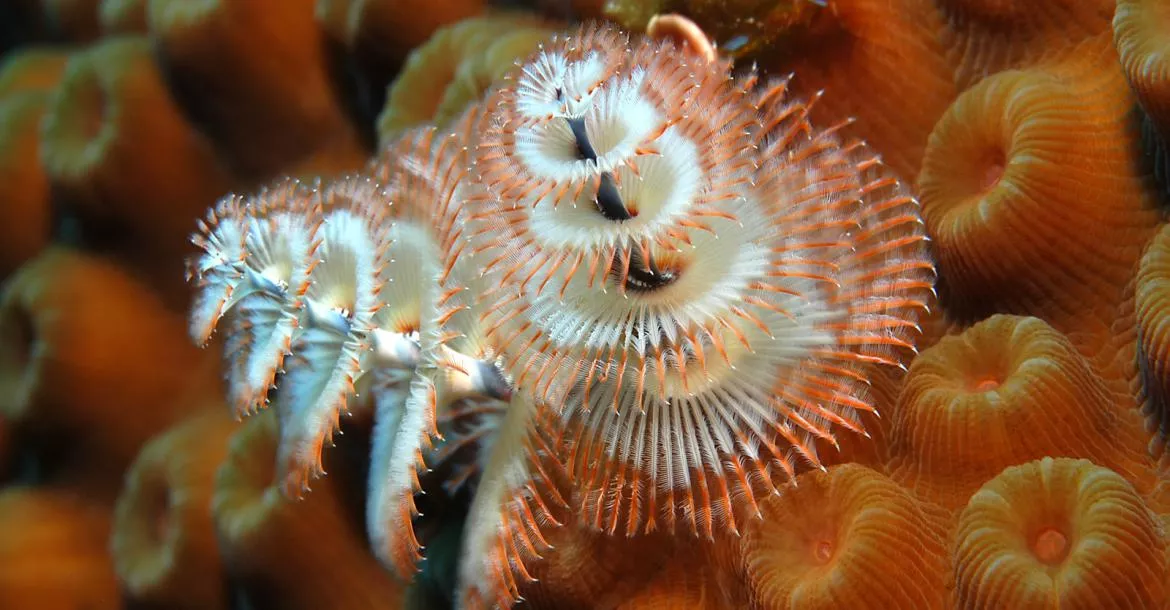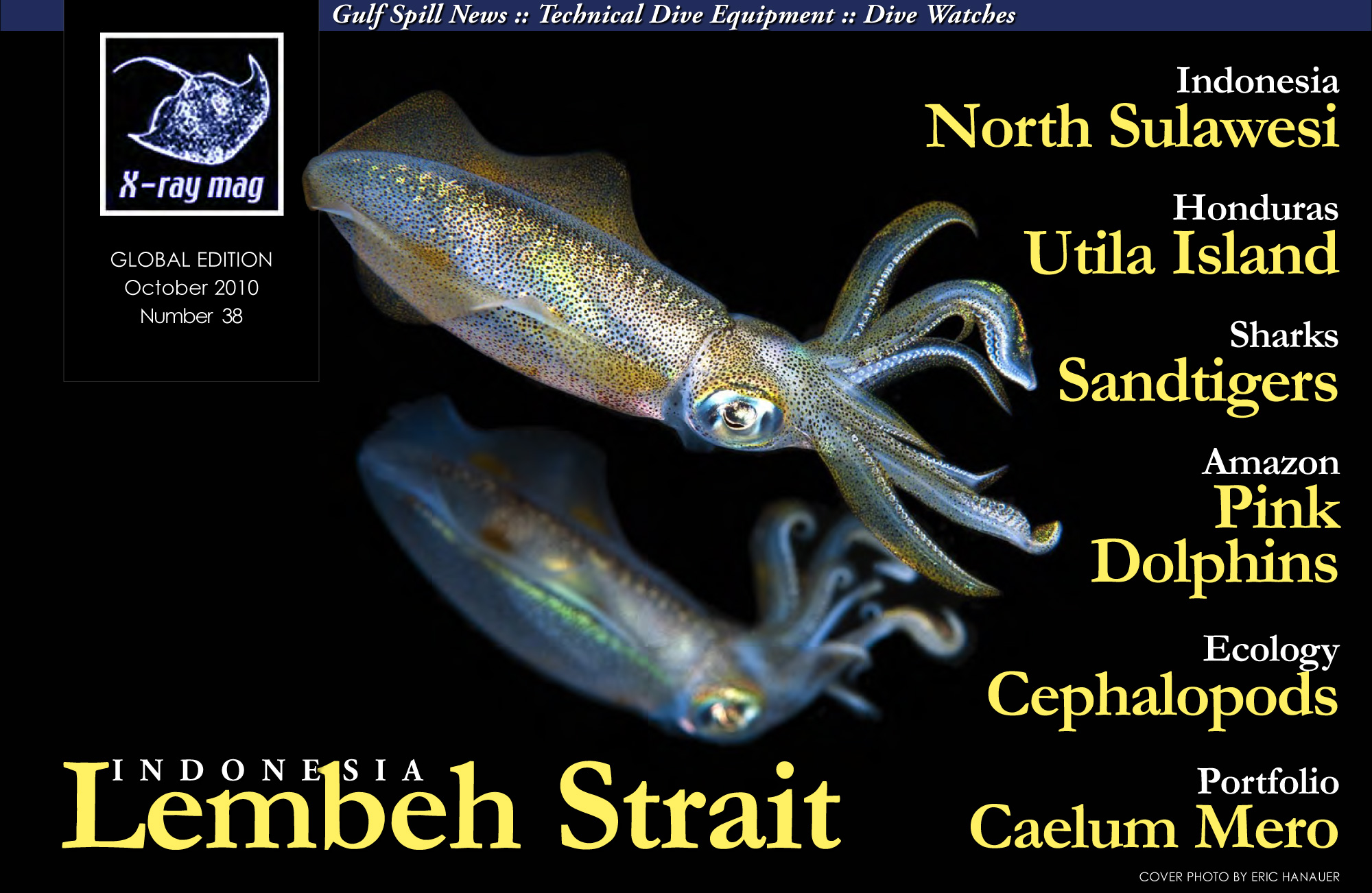Now, we have our camera and all of its ancillary added on bits. We have checked that everything works. We have our chosen format decided. We have our laptop and portable hard drive all packed up and ready to go on location, but where are we going and why go there in the first place?
Contributed by
Factfile
Lawson was raised in the Scottish east coast fishing town of Eyemouth and spent his youth exploring the rock pools and shallow seas before learning to scuba dive at the tender age of 11.
Now over 44 years later, Lawson has been fortunate to make his passion his career and has authored and co-authored over 45 books mainly on our underwater world.
Lawson is a founding member of the Marine Conservation Society; founder of the first Marine Reserve at St. Abbs in Scotland and made photographic history by becoming the first person to be a Fellow of the Royal Photographic Society and Fellow of the British Institute of Professional Photographers solely for underwater photography.
Getting to know your subject is perhaps easier than you think, however, we really do not have a whole lot of spare time underwater collecting knowledge on our subject matter. Rather, we read up everything that we can about any behavioural oddities; we talk to other photographers who have been to the location we have chosen; and we research as much as possible, quite a lot of which can be found readily available on the Web.
Timing isn’t everything, so they say, but in underwater photography, timing is everything, whether it is the time of day, month, season or year. There are climatic changes annually as well as water temperature fluctuations. Some of the best diving to be done in the Caribbean, for instance, is in August and September, but it is blistering hot on shore, and there is a fair chance that you may get caught up in one of the periodic hurricanes, which can sweep through the entire area. Typically, hurricane season is from 1 June to 30 November.
There are similar seasonal activities destined to spoil your photography in virtually every location on the planet. Plan any trip well in advance and you will not be disappointed.
More often than not, it is pot luck at the end of the day and your own conviction that you can get good photographs from every dive. If the viz is bad, take close-ups. If daytime conditions are terrible, dive at night.
One time, in the Red Sea, there were a simply staggering amount of jellyfish. They covered the entire surface of the sea and filled the water column for two days. Many people complained, but I concentrated on jellyfish photographs!
Pelagic fish and mammals also have seasonal migration routes. One can photograph humpback whales in Rurutu in French Polynesia in October, or whalesharks in the Seychelles in November, or leafy sea dragons in southeast Australia in February, or basking sharks in June in the Irish Sea and the Sardine Run off South Africa in February—the list goes on. The point is that whatever your desire, someone will more than likely have been there before you, taken photographs there, or even written a book.
I once spent over 50 minutes in seven metres of water inside the crumbling remains of a small shipwreck on the northwest shore of Cayman Brac, in the Cayman Islands. The wreck was a former inter-island landing craft by the name of the Barbara Ann. Inside the stern section about three metres square, I found a juvenile queen angelfish (Holacanthus ciliaris). It was around 3cm from head to tail outfitted with outlandish, incredibly vivid colours.
As you can imagine, such a small colourful fish was also very timid. But after watching the fish and creeping closer, armed with my trusty Nikon and 105mm lens, I was able to ascertain its swim pattern where it would perform a figure eight and hide behind part of the old ship’s interior mid journey.
I took a photograph, it darted for cover, but then started its normal route, so I took another photograph. It swam for cover. But after a few more photographs, it got used to me. I could soon anticipate its route and managed to take three or four absolutely great photographs of this shy and elusive fish.
Having such a nice and cooperative subject allowed me the time to choose my backgrounds as I took the photographs. Choosing the almost black background allowed me to select the fish and isolate it from the background in post production on the computer. This clean image could now be superimposed on another photograph for instance or used as a graphic representation in a feature article.
Empathy
No matter how we try to be invisible to our photographic subject, inevitably we are just those big ugly, ungainly creatures that blunder around without too much thought, sometimes getting too close to subjects and at other times not seeing the big picture. You can only start to become more familiar with your subject matter if you can have some empathy and understanding of the intrusion into their personal space.
Humans are just the same in this respect. If a stranger gets uncomfortably close, then we automatically back off or turn and be prepared to fight. Our adrenalin peaks, and it is the primeval fight or flight reflex. Well, apply this sentiment to the underwater world when approaching a new subject for the first time.
The creature may be light or pressure sensitive, such as Christmas tree worms (Spirobranchus giganteus), and you may only get one chance at the photograph. If you encounter this subject in calm water with perhaps overcast skies, then when your flash fires, the worm instantly disappears into its tube home in the coral. Similarly, if you find these normally shy animals in well lit turbulent waters with perhaps some surge, you can usually take two or three photographs at different angles before the creature eventually withdraws, if at all.
Christmas tree worms are both light and pressure sensitive and so must be approached slowly and with empathy, as there may be only the one chance of taking the photograph before they retreat.
. ■



























